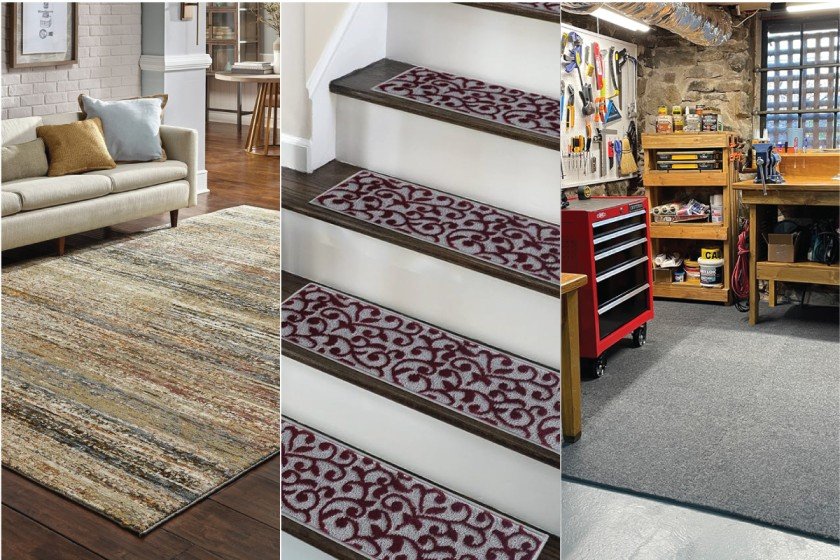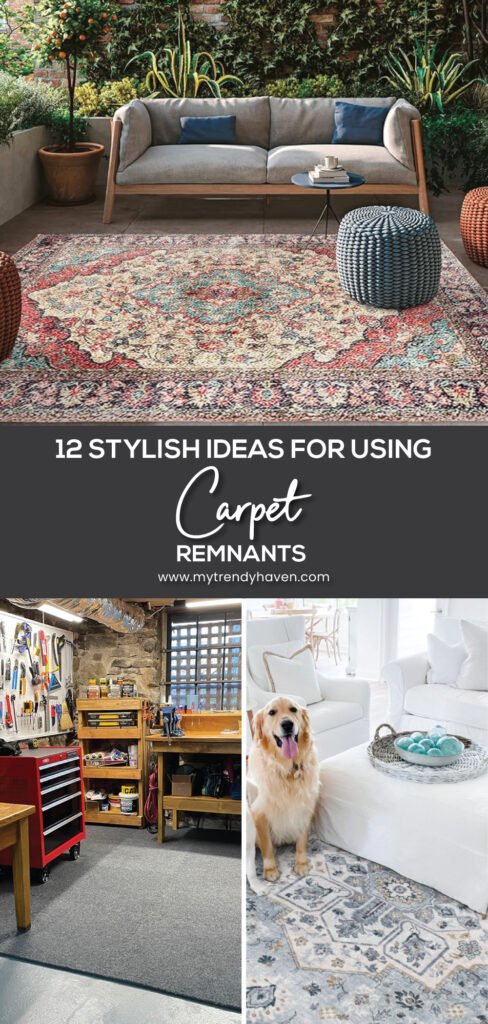
Carpet remnants often get ignored once a flooring project ends. Many people either throw them away or let them sit in storage, not realizing their potential. These pieces are usually left over after cutting broadloom carpets to fit a room. They might look like scraps, but they can be extremely useful.
Remnants can become rugs, mats, runners, or even DIY projects that add comfort and style to your home. They cost little, reduce waste, and give you creative freedom. Instead of thinking of them as leftover junk, think of them as an opportunity.
Below are twelve stylish ideas, explained in detail, that show how to make the most out of carpet remnants. Each idea blends practicality with creativity so you can save money while upgrading your living space.
1. Small Area Rugs For High Traffic Spots
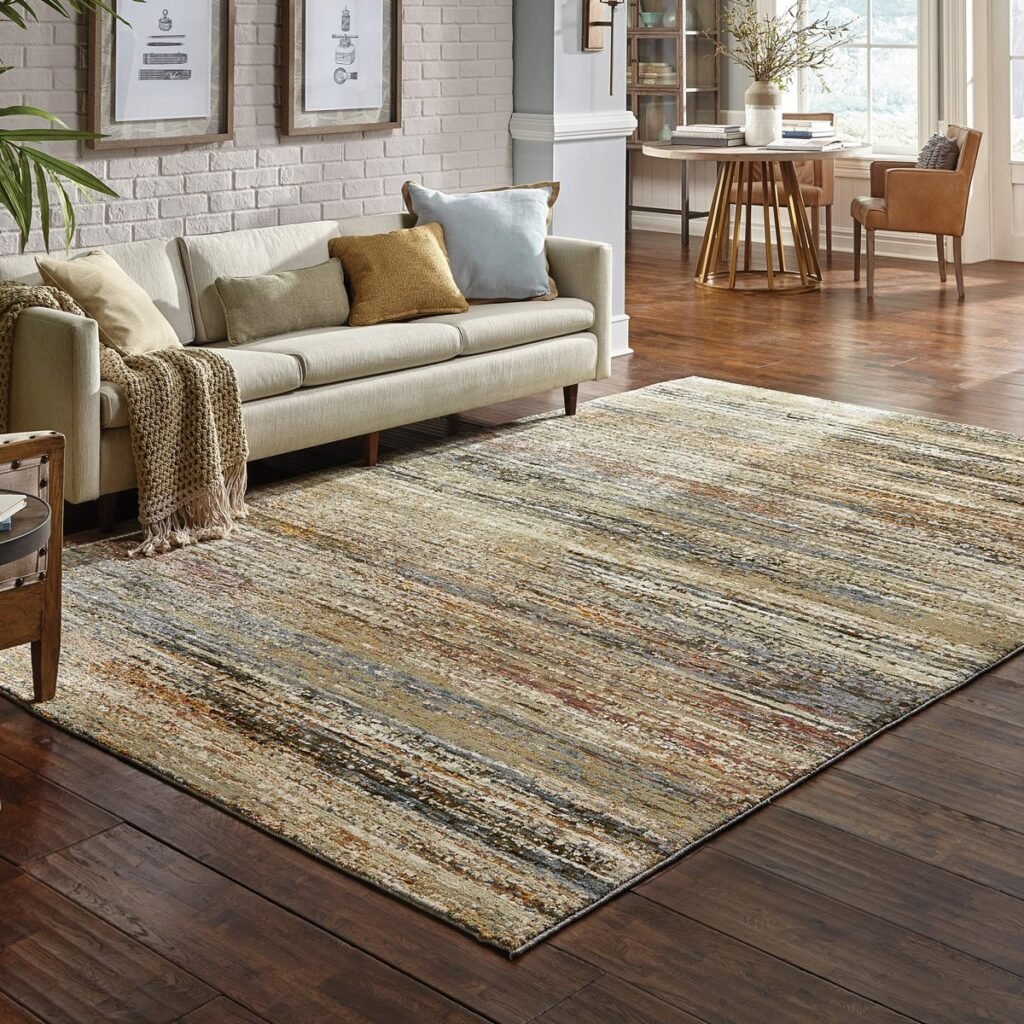
High traffic areas wear down faster than any other part of the home. Entryways, kitchens, mudrooms, and laundry rooms often take the heaviest beating. Carpet remnants can solve this problem by acting as protective area rugs.
Cut a remnant to fit the exact space. For example, a three-by-five-foot piece works perfectly in front of a kitchen sink or washer. The extra cushioning reduces stress on your feet during chores while shielding the flooring underneath.
For durability, pick low-pile remnants because they are easier to clean and don’t trap dirt as much as plush varieties. If fraying edges worry you, have them bound at a local carpet shop. Many stores offer this service for a small fee. Binding gives the rug a neat, finished look that feels store-bought.
Style tip: Neutral tones blend seamlessly into the background, while patterned remnants add flair. Try using a bright geometric print in the laundry room to lift the mood of the space.
2. Comfortable Doormats

Doormats are essential for keeping dirt and dust outside. A carpet remnant is a perfect choice here because it’s tough and inexpensive. Place one outside your main entry, at the back door, or even inside the garage entry.
Cut the piece to a standard mat size—something like 18 by 30 inches—or shape it to suit your doorway. For extra practicality, choose darker colors or patterned designs that hide mud and stains.
If you live in a rainy area, pair the remnant with a rubber backing to keep water from soaking through. This simple solution gives your doorway both function and style without the cost of a commercial mat.
Pro tip: Keep a few extra pieces stored away. Swap them out seasonally to keep your entry fresh and clean.
3. Pet Beds And Play Areas

Pets love soft and cozy spots. Carpet remnants are a great way to give them comfort without breaking your budget.
For a pet bed, cut a remnant to the size of your pet’s crate or resting corner. Add a layer of foam underneath for extra padding and sew a washable cover over it. Dogs and cats quickly adopt it as their new favorite place.
Remnants also make safe play zones for pets. Place one in a corner of the room, in a cat tower, or under a feeding area. The carpet helps with traction and protects your main floors from scratches and spills.
Example: If you own a rabbit or guinea pig, line the playpen with a carpet remnant instead of straw mats. It’s softer, reusable, and easier to clean.
4. Stair Treads For Safety
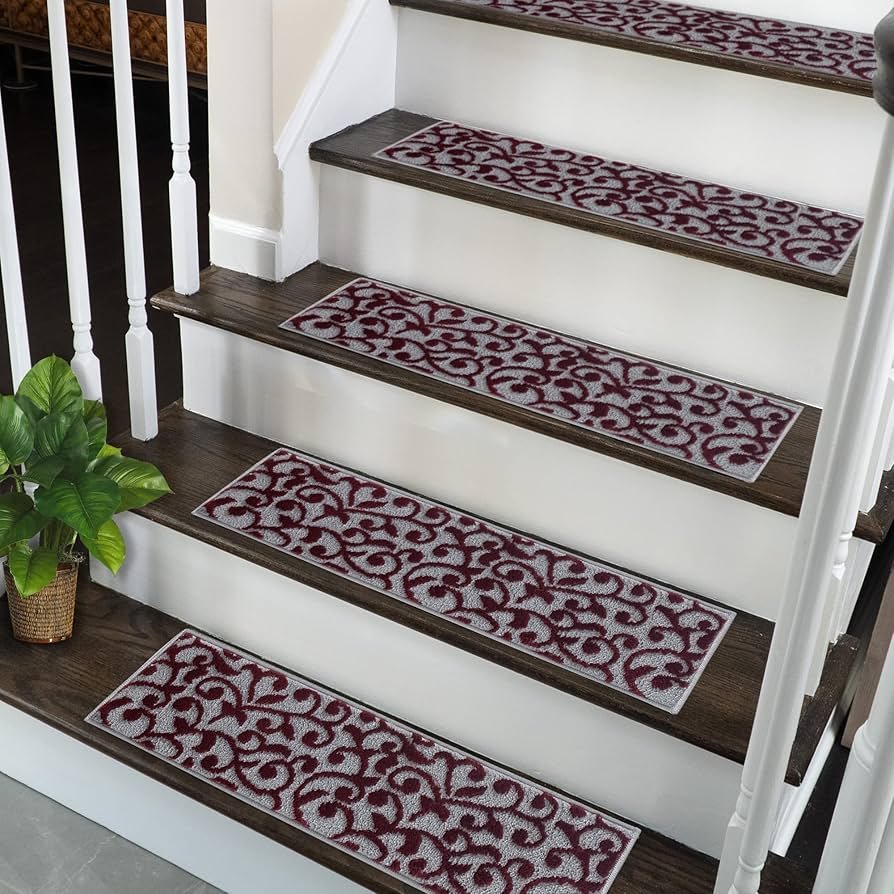
Bare stairs can be slippery, especially for children or older adults. Carpet remnants cut into stair-sized strips can reduce accidents while making stairs more attractive.
Measure each tread carefully, then cut your remnant to fit. Secure them with carpet tape or small nails. Once in place, the strips provide traction and cushioning. They also muffle footsteps, reducing noise in multi-story homes.
You can choose a uniform look by cutting all remnants from the same piece or create a patchwork effect by using different colors. Both options make the staircase more inviting.
Tip: Low-pile carpet is safer than thick shag styles on stairs, since it reduces the chance of tripping.
5. Protective Chair Mats

Rolling desk chairs often leave scratches on hardwood or vinyl floors. Carpet remnants solve this problem by working as protective mats under your chair.
Cut the remnant to fit your office space or dining area. Place it under your desk chair, dining chairs, or vanity seat. Not only does it protect the flooring, but it also reduces noise when chairs move.
If you want a clean finish, bind the edges. For extra stability, attach non-slip backing to keep the mat from shifting. This setup is practical for home offices, especially if you spend hours at a desk.
Style idea: Use a patterned remnant under a glass desk for a stylish contrast. It adds personality while protecting the floor.
6. Garage And Workshop Mats
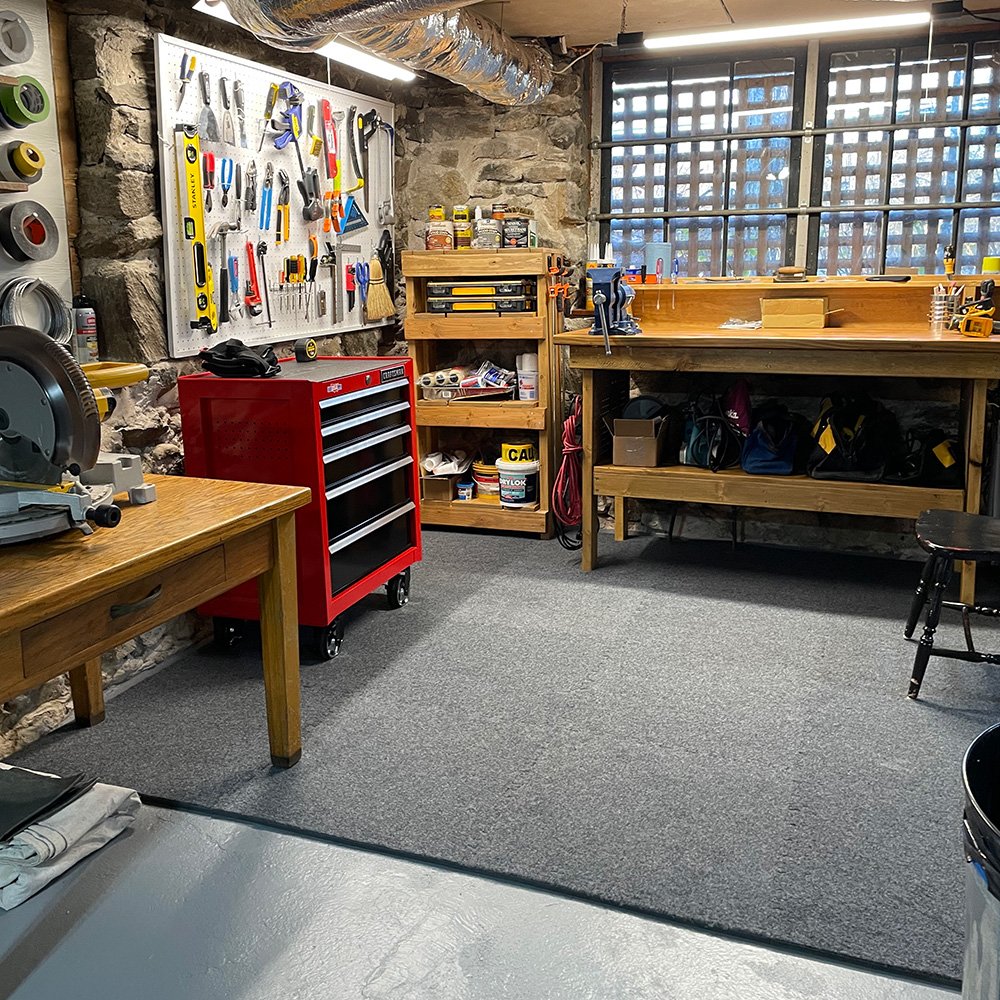
Standing on concrete for hours can be tough on feet, knees, and back. A carpet remnant offers a budget-friendly solution for garages and workshops.
Cut a long strip to fit in front of your workbench or tool table. The soft surface eases strain when you stand for extended periods. Choose dark, low-maintenance colors because workshops often involve grease, paint, and dirt.
For added practicality, secure the remnant with heavy-duty tape to keep it from sliding. Even small scraps can serve as mats under heavy tools or storage bins to prevent floor damage.
Bonus use: Place a remnant near the garage entry to act as a dirt-trapping mat before you step into the house.
7. Customized Runners For Hallways
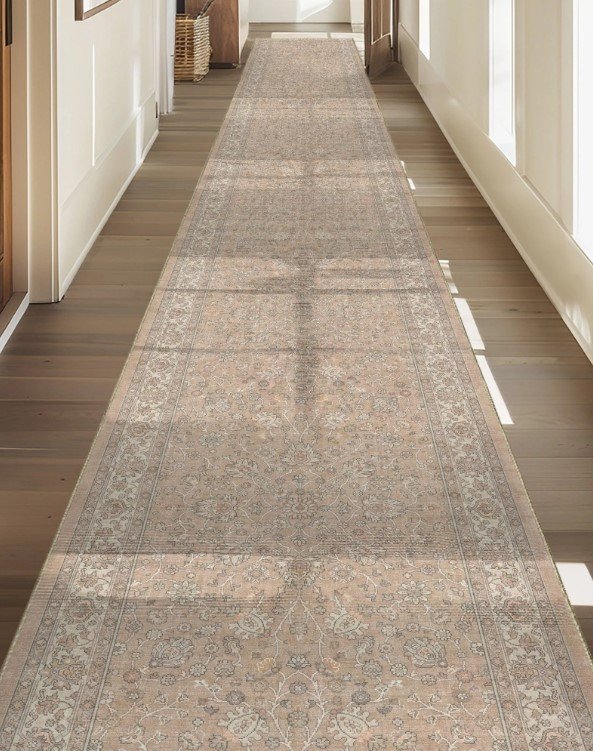
Hallways often feel plain and empty. A runner adds character while protecting the floor from scuffs. Carpet remnants work perfectly for this.
Measure your hallway, then cut the remnant to match. Long narrow pieces are ideal. Binding the edges gives the runner a professional finish, though raw edges can work in casual spaces.
Patterns or textured designs add depth to otherwise dull hallways. Solid colors provide a sleek, modern vibe. Either way, the runner creates warmth and makes the corridor feel more inviting.
Practical tip: Secure the runner with rug tape to prevent slipping, especially in homes with kids.
8. Playroom And Nursery Carpets

Children spend hours on the floor, so comfort and safety are key. Carpet remnants provide both.
Lay a large remnant in the center of the playroom or use smaller pieces to define activity zones. The soft surface protects children from hard falls while giving them a warm place to sit.
Remnants are also easy to replace. If one gets stained with paint, food, or markers, swap it for another piece. This flexibility makes remnants more practical than a full wall-to-wall carpet in kids’ spaces.
Creative tip: Use bright-colored remnants or fun patterns to make the playroom cheerful. For nurseries, go with gentle tones like beige, soft gray, or pastel shades.
9. Wall-to-Wall Carpet Patching
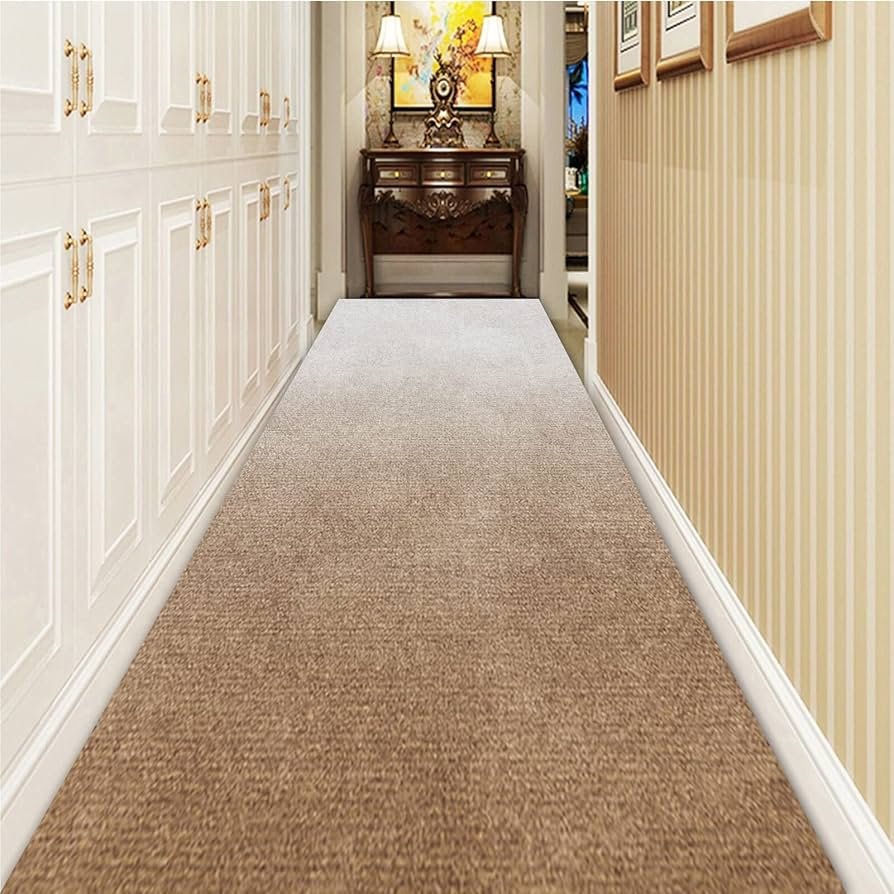
Carpeted floors eventually face damage. Burns, stains, or worn spots can ruin the look of an entire room. If you kept the original remnants from installation, you can use them for patching.
Cut out the damaged part of the carpet with a sharp utility knife. Then cut a matching piece from the remnant and fit it into the hole. With careful alignment, the patch blends smoothly.
This method is far cheaper than replacing an entire room’s carpet. It also extends the life of your flooring by several years.
Important note: Always match the nap direction of the original carpet when patching. Otherwise, the repaired spot may stand out.
10. Outdoor Seating Comfort
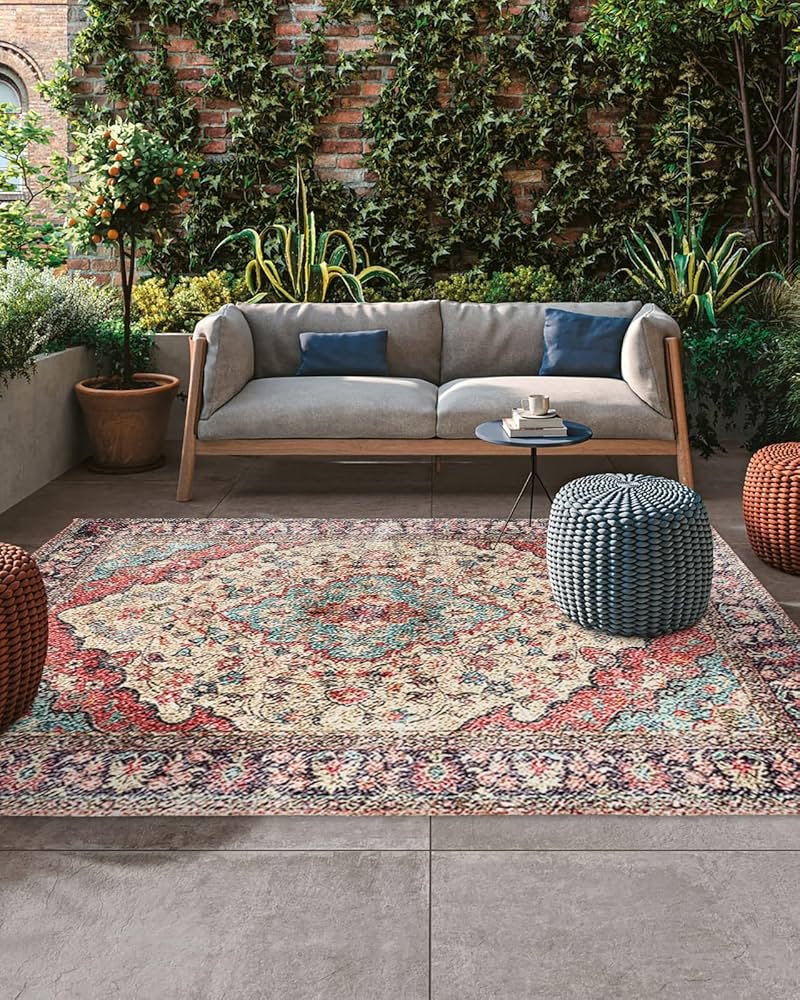
Balconies, porches, and patios often feel hard and cold underfoot. Carpet remnants bring comfort and style to these spaces.
Place them under outdoor furniture like chairs or tables. For covered patios, remnants work well as outdoor rugs. They soften the area, making it more inviting.
Choose colors that resist dirt, such as dark gray, navy, or patterned designs. Keep in mind that not all remnants are weatherproof, so avoid leaving them in open areas during heavy rain.
Inspiration: Lay a bold patterned remnant under a small café table on your balcony. It creates a cozy seating nook without spending much.
11. Vehicle Mats
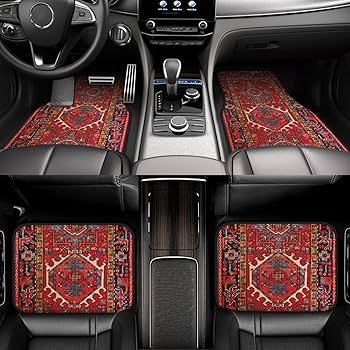
Car mats get dirty fast and often cost more than expected. Carpet remnants offer an affordable alternative.
Trace the outline of your car’s floor area on cardboard. Use it as a template to cut the remnant into the right shape. Place the piece on the car floor, and you’ve got a custom mat that fits perfectly.
For extra durability, add a rubber or non-slip backing. This keeps the mat in place and makes it easier to clean. If the remnant gets worn out, simply cut a new one.
Bonus use: Line the trunk of your car with a large remnant to prevent scratches from heavy bags or tools.
12. Upholstery And DIY Projects
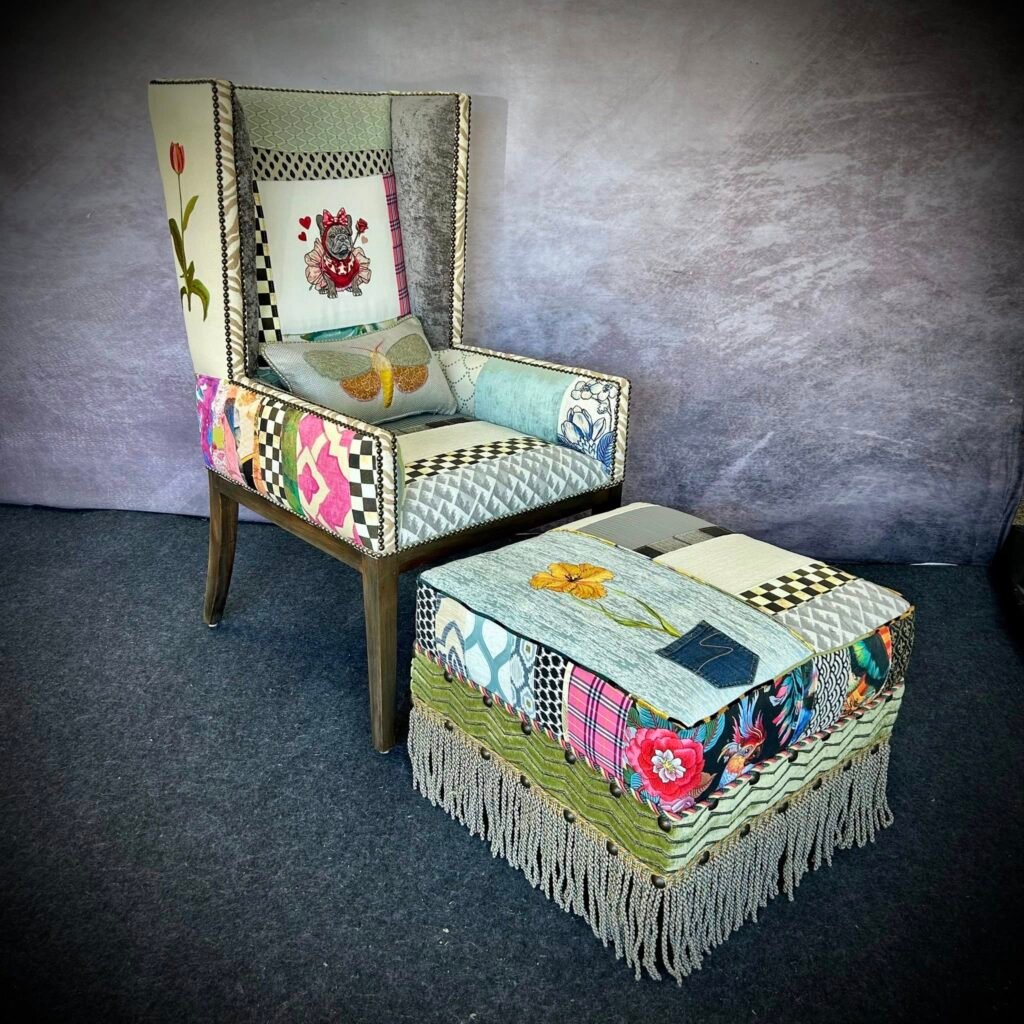
Carpet remnants also work well in creative home projects. Thick fabric makes strong upholstery for stools, benches, or ottomans. Simply cut the remnant to size and staple it over a cushion.
Another fun idea is to cover bulletin boards with carpet remnants. The soft surface holds pushpins firmly and adds texture to your wall.
Craft lovers often turn remnants into placemats, coasters, or cat scratch posts. Larger pieces can be used to create a padded headboard by wrapping them around wooden panels.
Pro tip: Use patterned remnants for decorative projects and neutral ones for practical use.
Conclusion
Carpet remnants are more than leftover scraps. They carry endless possibilities for style and function around the home. From hallway runners and stair treads to car mats and DIY crafts, these pieces can be transformed into practical items that save money and reduce waste.
Each of the twelve ideas shared above shows how simple scraps can provide warmth, comfort, and protection in everyday life. Instead of letting remnants sit in storage or end up in the trash, give them new purpose.
A little creativity turns leftover carpet into stylish, budget-friendly additions for your living space. Next time you finish a flooring project, think of these ideas before tossing the scraps aside.

